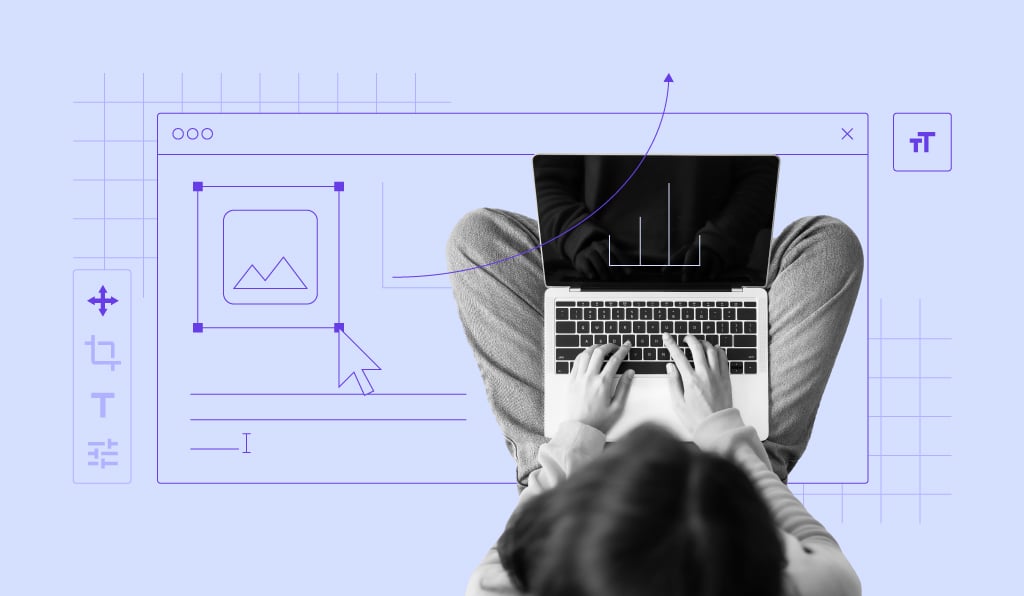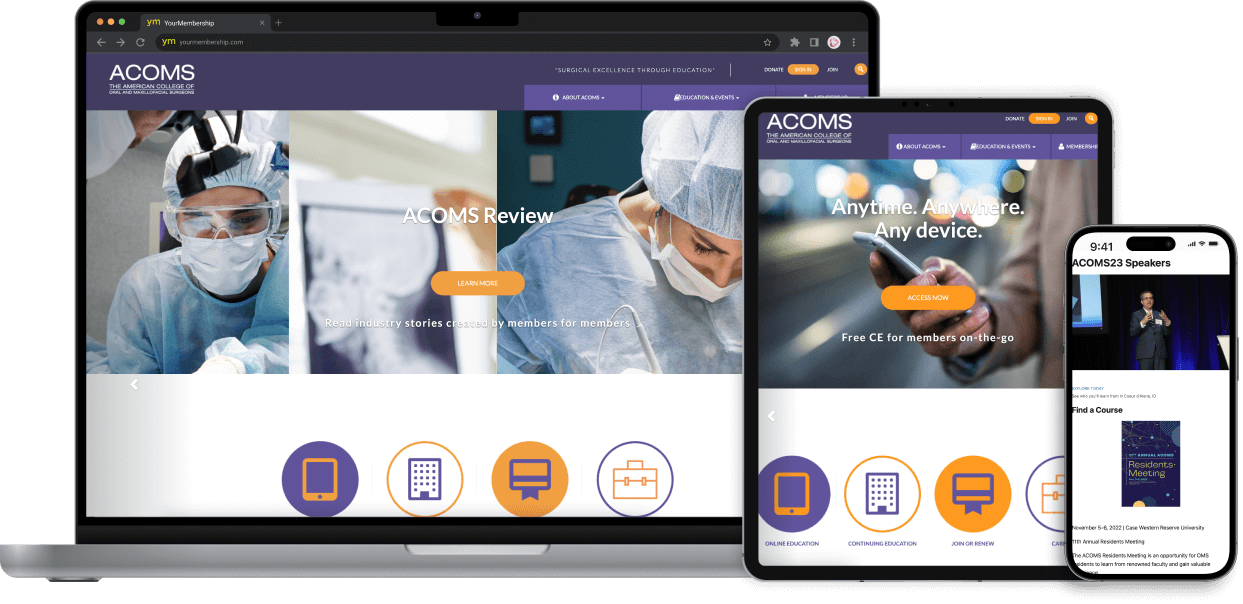How Website Design Can Help Improve User Experience and Engagement
The Ultimate Overview to Modern Site Layout Trends
In the ever-evolving electronic landscape, contemporary site design patterns play a crucial role in forming customer experience and interaction. From the rise of minimal style principles that focus on simplicity to the effect of vibrant typography in specifying brand name identity, each aspect adds to a natural on the internet visibility.
Minimalist Layout Concepts
Minimal layout concepts stress the idea that much less is a lot more, supporting for simplicity and performance in aesthetic interaction. This technique strips away unneeded elements, concentrating rather on necessary elements that communicate the desired message successfully. By prioritizing quality, minimalist layout boosts customer experience, enabling visitors to navigate internet sites easily.
Core tenets of minimalist layout consist of making use of ample white room, which creates a sense of balance and organization. This unfavorable room not just directs the audience's attention to essential aspects but likewise fosters a soothing visual atmosphere. Additionally, a restricted shade combination is often used, utilizing single plans or soft colors to preserve visual communication and protect against frustrating the individual.
Typography plays an essential duty in minimalist design, where legible font styles are chosen for their simpleness and efficiency in interacting content. Eventually, minimalist style principles grow a focused setting that encourages individuals to involve with the content, boosting the general effectiveness of modern-day site style.
Vibrant Typography Selections
Accepting strong typography choices has actually come to be a defining attribute of modern-day internet site layout, as it effectively records attention and shares solid messaging. Designers are significantly making use of typography not merely as a functional component yet as a key visual component that improves the overall visual and customer experience.

Furthermore, the association of strong typography with minimal style principles enables striking contrasts, enhancing readability while preserving visual allure. The use of whitespace around strong message further stresses its importance, making certain that the message resonates with the target market.
As digital landscapes become a lot more affordable, leveraging bold typography makes it possible for brand names to differentiate themselves and leave a long-term perception. The mindful choice of fonts and their application can stimulate emotions, develop tone, and drive action, making vibrant typography a crucial device in modern-day web site layout. Inevitably, it is a powerful method to boost narration and ensure that vital messages are not just seen but likewise felt.
Mobile-first and receptive Style
Responsive and mobile-first layout has arised as a critical concept in modern site advancement, reflecting the boosting dependence on mobile phones for accessing on the internet content. As customer habits shifts in the direction of mobile surfing, designers have to focus on creating experiences that adapt effortlessly throughout pop over to this web-site various display dimensions and resolutions.
A receptive layout guarantees that a website immediately readjusts its layout, pictures, and performance based click here for more on the device being made use of. Mobile-first style supporters for developing sites initially for smaller sized screens, consequently scaling up to bigger screens.
Carrying out receptive and mobile-first concepts not just deals with user choices but also straightens with seo (SEARCH ENGINE OPTIMIZATION) methods. Significant internet search engine, like Google, focus on mobile-friendly websites in their positions, making it important for organizations to take on these design approaches. In a competitive electronic landscape, accepting mobile-first and responsive layout is not simply a choice; it is crucial for guaranteeing accessibility and engagement with a varied target market.
Involving Microinteractions
Microinteractions play a critical function in boosting individual interaction and total website experience, especially in the context of mobile-first and responsive layout. These refined style components offer instant comments to individuals, making interactions much more intuitive and pleasurable. Examples include button animations, notice informs, and loading signs, which not only guide users but additionally create a sense of link with the interface.
Including interesting microinteractions can substantially enhance use by lowering cognitive tons. When users get auditory or aesthetic responses upon executing activities, such as clicking a button or submitting a form, they feel much more certain in their selections. This promotes a smoother navigating experience, ultimately raising user retention.

As website design patterns proceed to evolve, the relevance of microinteractions can not be overemphasized. They work as the subtle yet effective touchpoints that change normal communications right into phenomenal experiences, thereby raising the general effectiveness of modern-day website design.
Lasting Website Design Practices
Sustainable web design methods are becoming progressively necessary as the electronic landscape grows and environmental problems climb. Designers and programmers are identifying their duty to create websites that his explanation not only offer user demands yet likewise lessen environmental influence. This strategy encompasses a number of crucial techniques.
Firstly, enhancing power intake is paramount. Websites should be designed to load rapidly and successfully, which lowers web server power usage and enhances customer experience. Strategies such as image compression, reducing HTTP requests, and making use of modern-day coding techniques add considerably to this objective.
Second of all, picking green holding providers is important - website design. Numerous hosting companies are currently powered by sustainable power sources, making it possible for websites to run in a more sustainable fashion. This choice mirrors a commitment to reducing carbon footprints
Moreover, embracing a minimalist style can improve sustainability. Fewer elements on a web page lead to less information transfer, which not only quickens packing times but also conserves resources.
Last but not least, advertising electronic access guarantees that websites reach a wider target market without unneeded bloat, lining up customer experience with environmental responsibility. By integrating these sustainable methods, internet designers can contribute favorably to both individual involvement and the earth's well-being.
Conclusion
In recap, modern web site layout trends stress the combination of minimalist concepts, bold typography, and responsive style to improve customer experience. Involving microinteractions add to unforgettable communications, while sustainable practices advocate for ecologically aware advancement. Collectively, these components not only boost visual appeal but also boost performance, guaranteeing that sites are both aesthetically striking and straightforward. Adopting these patterns is vital for producing impactful digital experiences that reverberate with customers in an increasingly competitive online landscape.
In the ever-evolving electronic landscape, modern-day internet site design patterns play an important role in shaping customer experience and involvement. By focusing on quality, minimal design improves user experience, enabling visitors to navigate sites easily.
Eventually, minimal style concepts grow a concentrated setting that urges customers to involve with the content, enhancing the general effectiveness of contemporary site layout.Microinteractions play a crucial duty in boosting customer engagement and general site experience, especially in the context of responsive and mobile-first style.In summary, contemporary web site style patterns emphasize the integration of minimalist principles, vibrant typography, and responsive style to improve user experience.